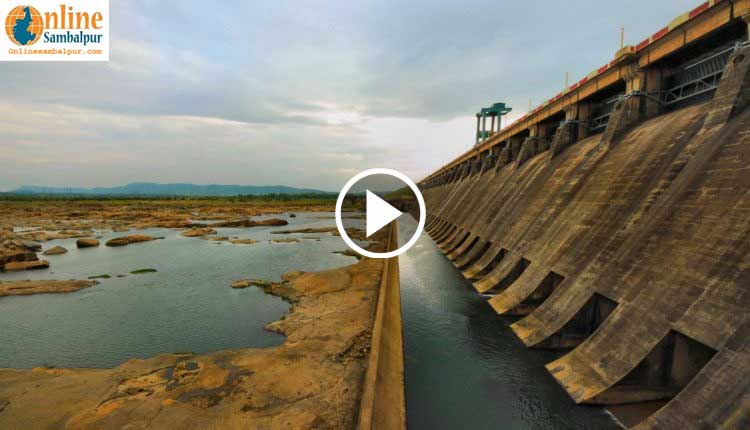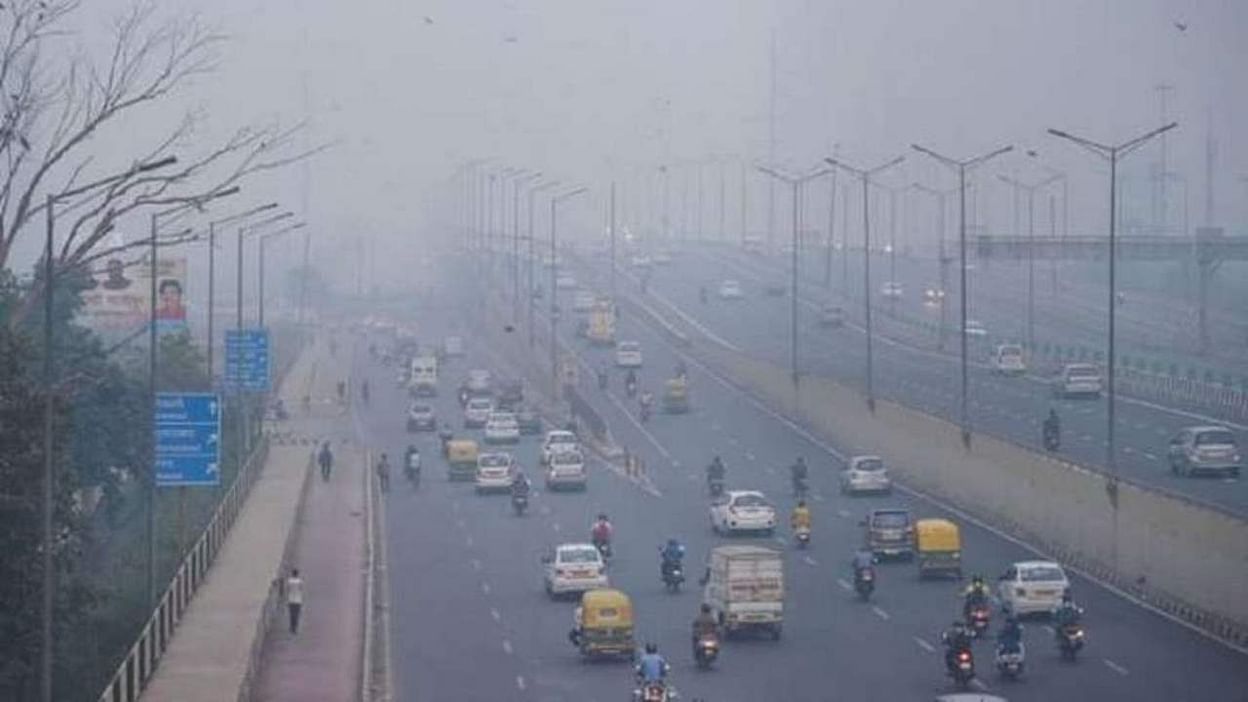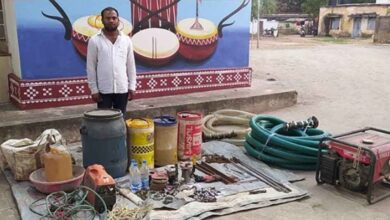Sambalpur: Hirakud water level has fallen, Hydroelectric power generation is just the name

Sambalpur: Due to problems in power generation from Ib Thermal Power Station, relatively more electricity had to be produced from Hirakud Hydropower Station from June 1st to 10th to meet the power demand of the state. Because of this, relatively more water from the Hirakud Reservoir had to be released into the power channel. As a result, the water level in Hirakud, which was 603.52 feet at 8 am on the 5th, dropped to 601.54 feet on the morning of the 14th. In these 9 days, the water level has decreased by 2 feet. Due to the falling of Hirakud water, the power generation has been controlled again.
According to the information, Burla and Chipilima, including both centers, averaged 61.333 MW on the 5th, 75.47 MW on the 6th, 89.833 MW on the 7th, 111.041 MW on the 8th, and 96.375 MW on the 9th. , 108.917 MW of electricity was generated on the 10th and 62.583 MW on the 11th. Due to this more water had to be released from the hirakud reservoir. Burla and Chiplima hydroelectric power stations run on hirakud water have produced an average of 28.333 MW (Monday) and 37.333 MW (Tuesday) respectively in the last 2 days.
During this period, an average of 1251 cubic feet per second (cusec) and 4923 cubic feet of water were withdrawn from the Hirakud reservoir for power generation on Monday. The generating capacity of the Burla hydropower station is 275.5 MW, while that of Chipilima is 72 MW. However, on the 12th, the average power generation in both centers was 8 and 20,333 MW, and on the 13th, 31,042 and 6,291 MW respectively. About 10% of the total capacity is being produced from this major hydropower plant of the state with a capacity of 347.5 MW.
However, the production of hydroelectric power has decreased in these two centers for the last 3 days. Even when the water in Dharamkud is rising during the monsoon, these two hydropower plants are not able to produce electricity according to their capacity. Many times, unit downtime and maintenance work result in significantly lower power generation than capacity. Although almost all the units are in good condition, electricity cannot be generated due to waterlogging.
On the other hand, the water supply for power generation is being controlled due to the earlier fall of the water level in Dharamkud. In this regard, the Chief Editor of Odisha Water Power Corporation, Debasish Mishra said, “There is no problem even if our production is reduced as the power generation from the thermal sector is normal. Mr. Mishra said that as soon as the rainwater comes, the hydroelectricity production from Dharamkud will also become normal.






